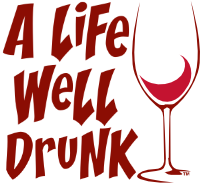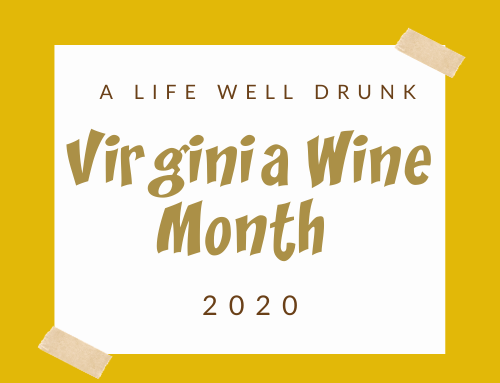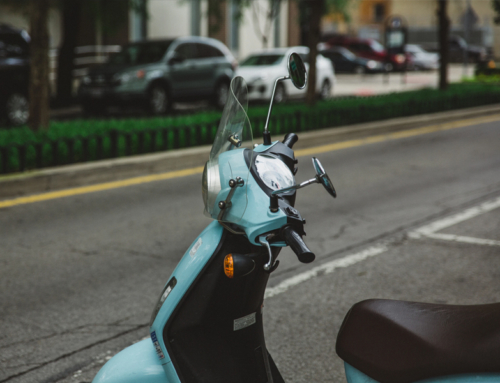As the 2020 holiday season approaches, stop and take a moment to enjoy 12 Days of Albariño.
Learn more about the spirit of Galicia, including the Mercado de Nadal; the ginger-haired gift-bearing giant of the region; and how to ensure good luck in the New Year! Rías Baixas has selected 12 Albariño white wines that will transport you directly to the region (virtually, of course).
So, what is Albariño?

Denomination of Origin (DO) Rías Baixas is renowned for the Albariño grape, an indigenous variety that produces some of the world’s foremost white wines. Located in the Galicia region of northwestern Spain, the DO was formally established in 1988. Albariño has always been the flagship of this coastal region. In Rías Baixas’ unique climate, Albariño shares the same mineral-rich soils and cool climate as the world’s leading white wine regions, including Loire Valley, New Zealand and the Rhine.
Day 1 A Rías Baixas Holiday Season
Preparations have started for the annual tree lighting ceremonies, and the winemakers of Rías Baixas have shared some favorite holiday traditions. Rías Baixas kicks off the holiday season with tree lighting celebrations in the city squares. There’s no better way to toast the lighting ceremony than with a glass of sparkling Albariño in hand!
Most of the sparkling wines made in Rias Baixas are made in the methode champenoise and drunk domestically in Spain. One estate, As Laxas, makes a methode champenoise sparkling Albariño with 8g/l of sugar that spends nine months on its lees.
Day 2 Holiday Lights at the Wineries
Throughout the season, holiday lights twinkle in the cities and villages of Rías Baixas. “Every year we decorate the winery inside and out with Christmas lights, which people can see from miles away.” Katia Alvarez, Winemaker, Martín Códax.
Albariño is noted for its distinctive botanical aroma with a citrous undertone suggesting apricot and peach. The wine produced is unusually light, and with a fairly high of acidity low alcohol levels.
Day 3 Artful Nativity Scenes
On the first Sunday of December a hand-crafted nativity scene of 4,000+ carved figures opens in the Valga area of Pontevedra, drawing visitors from all over. Learn more here. The wine for today is Vamiñor, from winery Adegas Valmiñor.
Day 4 Mercado de Nadal and As Dúas Marías
The Mercado de Nadal (Christmas Market) across from Alameda Park in Santiago de Compostela welcomes visitors with delicious smells of fresh churros, twinkling lights and the open arms of the As Dúas Marías (Two Marías).
The statue of the Marias, by César Lombera, was placed in the Alameda in 1994. It is inspired by one of the most reproduced photos of the couple: Maruxa extends her left arm, while Coralia, holding her sister’s arm, carries a closed umbrella she takes in anticipation of the eternal rains of Compostela. On the fourth day, Robaliño from the winery Señorio de Rubiós. This 100% Albariño wine comes from grapes selected from our best vineyards on the slopes of Mount San Nomedio, near the River Miño.
Day 5 Seafood, Seafood, Seafood
“Every Christmas season we celebrate with a grand seafood dinner in the cellar. Our feast continues until dawn. Leira Pondal pairs perfectly with every dish.” Olivia Hernández, Managing Director, Pazo Pondal.
With the versatility to pair with a wide range of dishes, Rías Baixas Albariño is a great match with various cuisines. The classic pairing is with seafood, but Albariño can stand up to unexpected international fare. Spicy and flavorful cuisines like Chinese, Indian and Thai usually overpower wines, but Albariño’s low alcohol and ripe fruit flavors match beautifully with the fruity chili notes. Sushi presents a difficult pairing with the raw fish and a variety of other textures, but Albariño’s crisp, clean flavors compliment it perfectly. Other pairings that are surprisingly successful include hard-to-pair, popular take-out meals like cold sesame noodles, chicken tikka masala, pad thai, tacos and more.
Day 6 Turrón de Chocolate
“My favorite Holiday tradition has always been Turrón de Chocolate. A local chocolatier produces this chocolate nougat dessert with our La Val wine!” Chema Ureta, Chief Winemaker, Bodegas La Val.
Turrón is a nougat confection, typically made of honey, sugar, and egg white, with toasted almonds or other nuts, and usually shaped into either a rectangular tablet or a round cake. It is frequently consumed as a traditional Christmas dessert in Spain.
The name appears to have been derived from Latin torrere (to toast) and is thought to be derived from the Muslim recipe prevalent in parts of Islamic Spain known as turun.
Traditional Spanish turrón has two general styles Alicante (hard) made into a compact block of whole almonds in a brittle mass of eggs, honey and sugar. The second is Jijona (soft) where the almonds are reduced to a paste and the addition of oil makes the matrix more chewy and sticky.
Day 7 O Apalpador
In rural Galicia, ‘O Apalpador’, a ginger bearded mountain giant, descends into the local villages. He comes to check if children have eaten enough during the year and to leave them chestnuts, treats and gifts.
“As our children eagerly await Apalpador, we indulge in seafood delicacies such as goose barnacles paired with Albariño!” Mathias Lange, Bodegas Granbazán. The day 7 wine feature is Granbazán.
Day 8 Bo Nadal, Feliz Aninovo
All over Rías Baixas, people exchange traditional holiday greetings in Gallego: “Bo Nadal, Feliz Aninovo” translates to Merry Christmas & Happy New Year! Cheers to your loved ones with Eidosela from Bodegas Eidosela.
Day 9 12 grapes, 12 wishes
“At midnight on December 31, it is traditional to eat 12 grapes and make a wish with each one. Then we toast to the year ahead with a glass of Condes de Albarei.” Adrian Nadia, Condes de Albarei.
Day 10 Open Doors
“On the last day of the year, it is a winery tradition to open our doors to family and friends at noon to say farewell to the past, and welcome the New Year. Everyone enjoys holiday foods paired with Attis.” Angeles Mosteiro, Attis Bodega y Viñedos.
Day 11 Queimada
Queimada, a traditional Galician punch is shared to ward off bad spirits and bring good luck. ”At Veiga Naum, we gather at the winery to celebrate our accomplishments of the previous year and raise a glass to the New Year.” Emilio Sojo, Winemaker, Veiga Naúm.
Queimada is made from Galician augardente–a spirit distilled from the pomace of Albariño grapes and flavored with special herbs or coffee, plus sugar, lemon peel, coffee beans and cinnamon. It is traditionally prepared in a hollow pumpkin while a spell or incantation is recited, so that special powers are conferred to the queimada and those drinking it. Then the queimada is set alight, and slowly burns as more brandy is added.
Day 12 Roscón de Reyes
Families and friends in Rías Baixas gather to cut the Roscón de Reyes – the 3 Kings Cake – which honors the coming of the three kings and marks the end of the holiday season. “As always in Spain, the most important single ingredient for any holiday celebration is family!” Andrew MacCarthy, Export Director, Bodegas Castro Martín.
Roscón de reyes generally has an oval shape due to the need to make cakes large enough for large groups and is decorated with figs, quinces, cherries, or dried and candied fruits. It may be compared to a King Cake but has a distinct tradition.






























